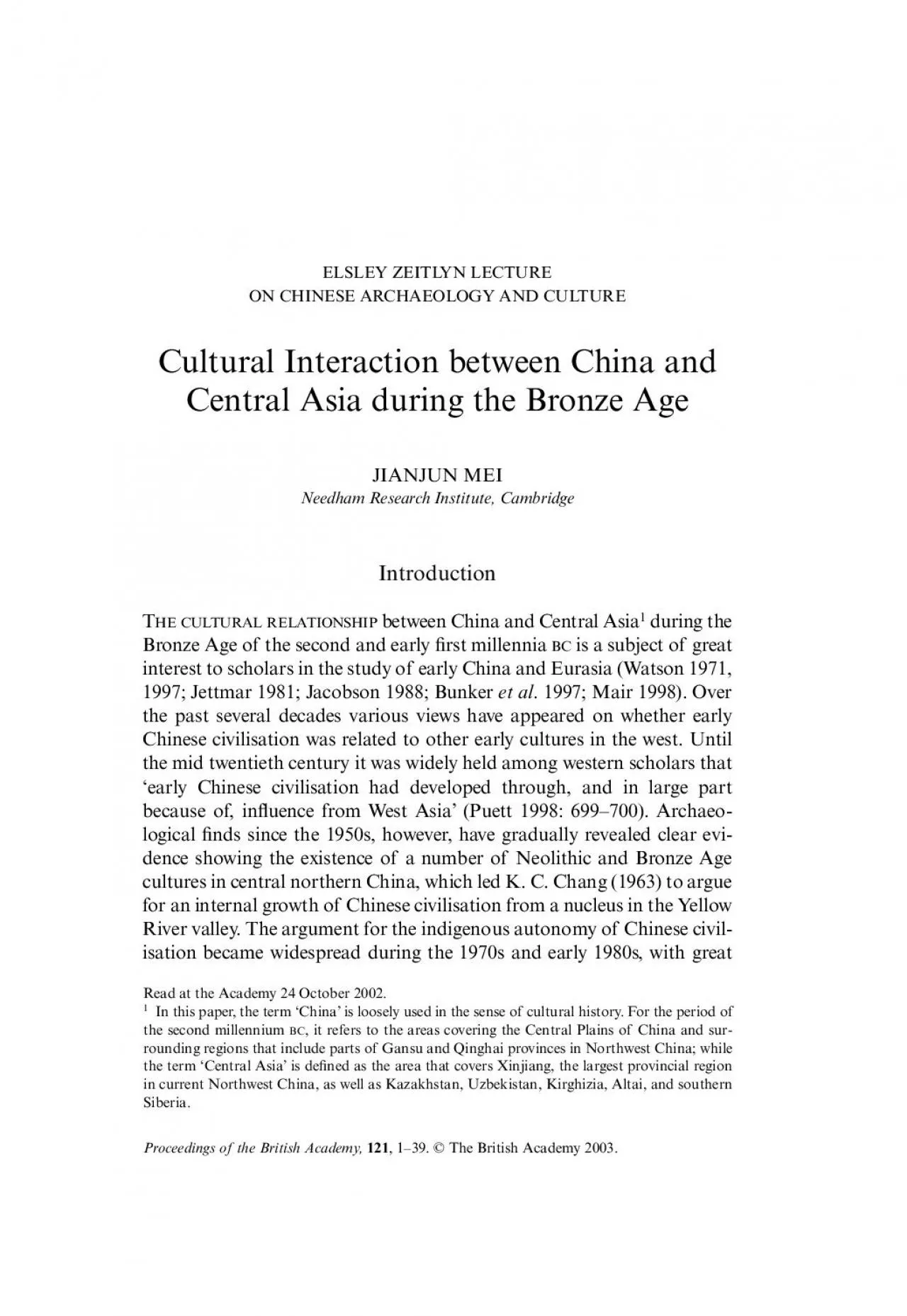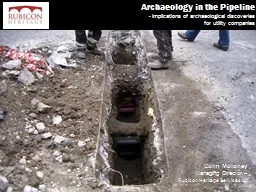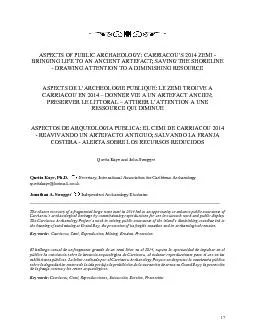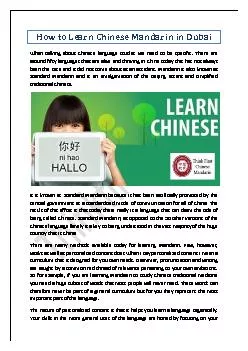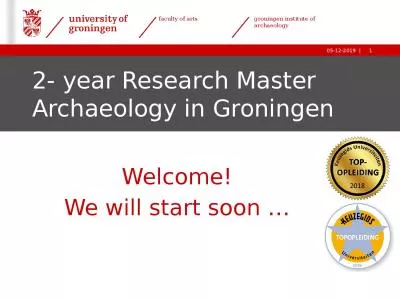PDF-ELSLEY ZEITLYN LECTUREON CHINESE ARCHAEOLOGY AND CULTURECultural Inter
Author : brooke | Published Date : 2021-09-10
Proceedings ofthe British Academy139 The British Academy 2003Read at the Academy 24 October 2002In this paperthe term Chinais loosely used in the sense ofcultural
Presentation Embed Code
Download Presentation
Download Presentation The PPT/PDF document "ELSLEY ZEITLYN LECTUREON CHINESE ARCHAEO..." is the property of its rightful owner. Permission is granted to download and print the materials on this website for personal, non-commercial use only, and to display it on your personal computer provided you do not modify the materials and that you retain all copyright notices contained in the materials. By downloading content from our website, you accept the terms of this agreement.
ELSLEY ZEITLYN LECTUREON CHINESE ARCHAEOLOGY AND CULTURECultural Inter: Transcript
Download Rules Of Document
"ELSLEY ZEITLYN LECTUREON CHINESE ARCHAEOLOGY AND CULTURECultural Inter"The content belongs to its owner. You may download and print it for personal use, without modification, and keep all copyright notices. By downloading, you agree to these terms.
Related Documents

